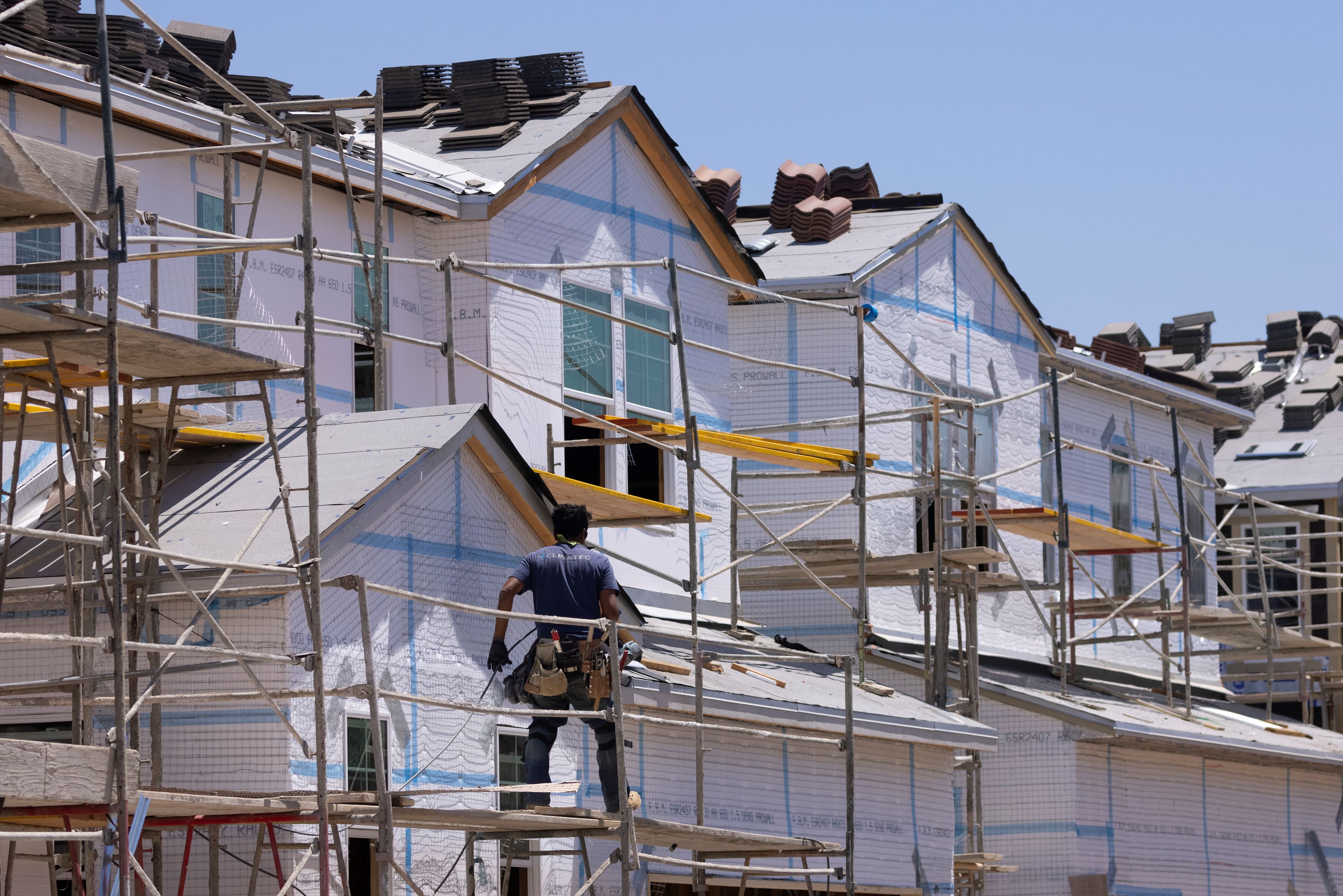The U.S. economy is expected to have grown at the strongest pace of the year, but it could have been even more rapid were it not for supply chain disruptions and a shortage of workers.
According to Dow Jones, economists expect U.S. gross domestic product grew at an annual rate of 8.4% after growing by 6.4% in the first quarter. That estimate is lower than the more than 10% that had been expected earlier in the year. GDP will be released Thursday at 8:30 a.m. ET.
“The big story remains the consumer. It looks like real consumer spending was up about 10% in the second quarter and some of that relates to the ongoing boost from the rebate checks,” said Amherst Pierpont chief economist Stephen Stanley.
Stanley said he expects growth of 8.7% for the second quarter.
“That’s not indicative of where demand was. There was a point in time where I had as much as 12% for GDP for Q2, but it’s been pared back because of supply issues,” said Stanley.
During the quarter, the auto industry cut back production due to chip shortages, and home construction slowed because of scarce and expensive materials. Companies across many industries are complaining about a lack of qualified workers.
“If anything it extends the recovery stage of the expansion,” Stanley said. He added that some of the activity that would have come in the second quarter will now roll into the second half of the year.
“For me, the second half should be maybe 6% real growth, something along those lines: 6% or 7%, which is easily double what it was before the pandemic,” he said.
The supply chain issues are affecting a whole range of industries, from industrial firms to retail stores.
“Not only did it stop some production from happening, it’s also stopped some construction from happening,” said Diane Swonk, chief economist at Grant Thornton. “It also turned housing, one of the biggest drivers in the economy, into a drag.”
She expects a half-percent decline in residential investment, compared to a 0.6% increase last quarter. Housing was a much bigger drag in the peak of the pandemic but aside from that it has not been this negative since 2010, in the aftermath of the financial crisis, she said.
“We have double-digit consumer spending. Investment will be a little lackluster. Inventories will still be drained but not as rapidly,” said Swonk. “Government spending will show up as support, and the trade situation deteriorates a bit because we’re finally exporting to the rest of the world again. We’re still importing more than we export.”
